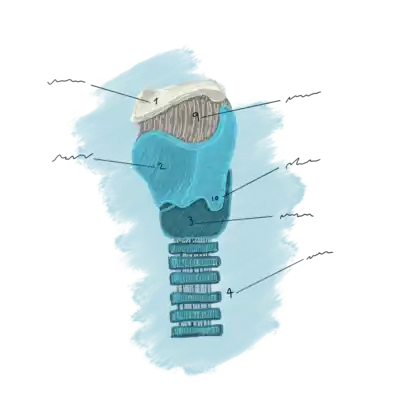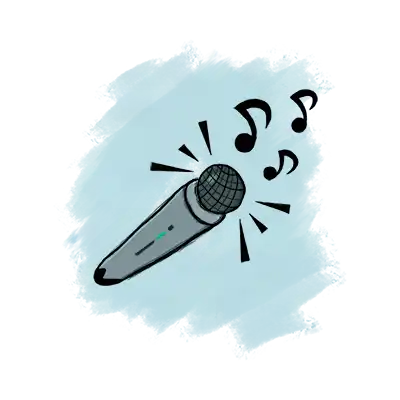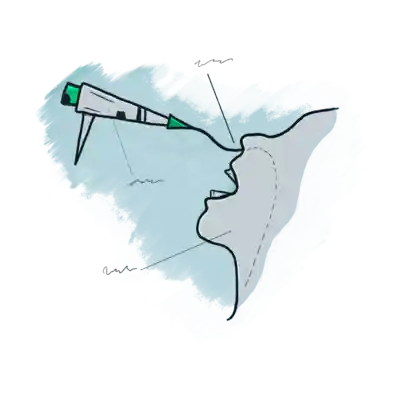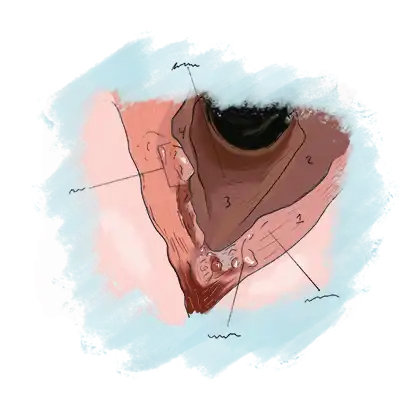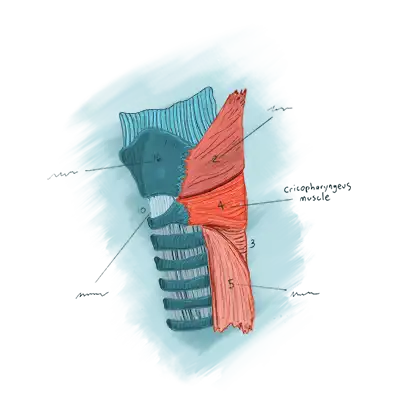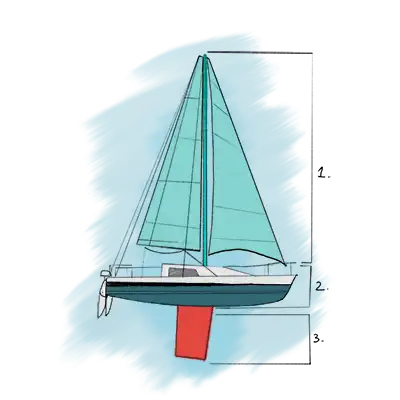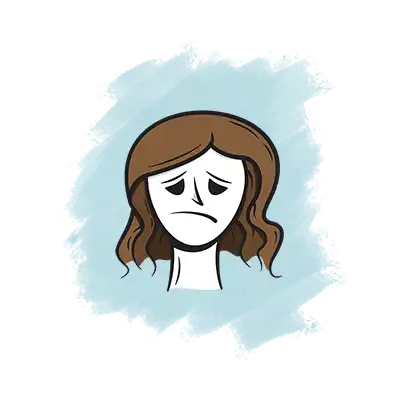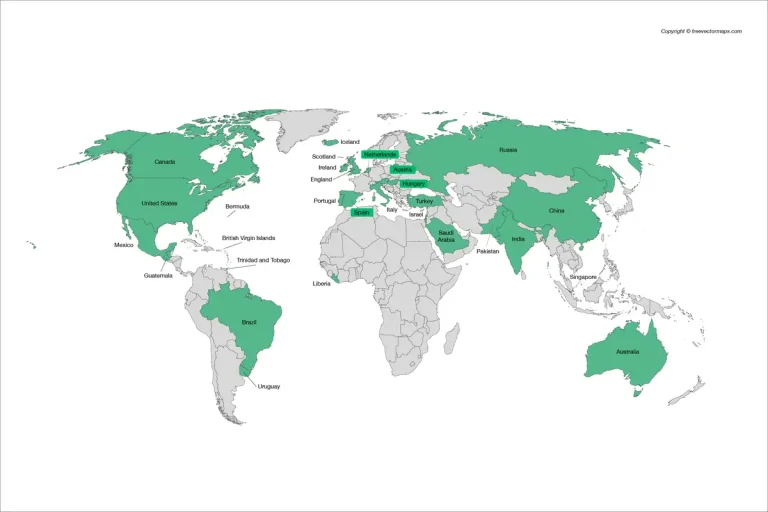Risorse di laringologia
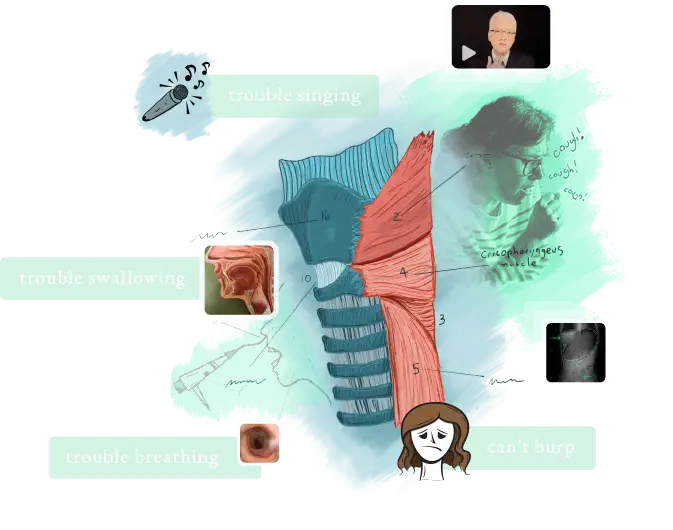
Cosa troverai su Laryngopedia?
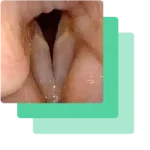
fotografie
Immagini ad alta definizione acquisite mediante Videostroboscopia della laringe, delle corde vocali e del tratto aerodigestivo superiore. vedi foto →
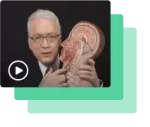
Videos
Registrazioni dettagliate delle corde vocali e delle vie aeree, della respirazione, della deglutizione e di altre funzioni della laringe. Guardare video →
Articoli
Osservazioni cliniche, aneddoti, serie di casi e quadri concettuali discussi per ulteriori esplorazioni. Leggi gli articoli →
Audio Clips
Registrazioni sonore di esercizi vocali, disturbi della voce e aggiustamenti pre e post-chirurgici alle corde vocali. Sfoglia le clip →
Voci dell'enciclopedia popolare
Una raccolta di voci visitate di frequente relative ad argomenti laringei.

Informazioni e strategie personalizzate, ovunque tu sia.
Non puoi ruttare? Tosse persistente? Un forte solletico in gola?
Le conversazioni telefoniche di 30 minuti del Dr. Bastian ti offrono un’opportunità strategica per trovare le cure di cui hai bisogno.
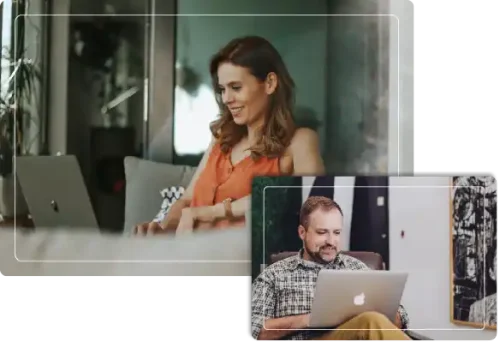

Cosa dicono le persone sulle nostre conversazioni telefoniche?

Articoli di giornale del dottor Bastian
An Open Letter to Gastroenterologists about R-CPD
Introduction Many patients with inability to belch and severe associated gastrointestinal distress struggle for years to find the recently established diagnosis of retrograde cricopharyngeus dysfunction (R-CPD). This disorder has received a lot of exposure, including in peer-reviewed journals, yet even when they bring peer-reviewed articles to their doctors, many say they are not taken seriously. As the person who first described R-CPD and codified details of diagnosis and treatment, I
Why Is Constipation Often a Symptom of Retrograde Cricopharyngeus Dysfunction (R-CPD)? A Thought Experiment
Introduction Retrograde cricopharyngeus dysfunction is also known by three other names: R-CPD; inability to burp and associated symptoms, or “no-burp.” Because of the inability to burp, the normal air that everyone swallows with food, liquid, or saliva can only be released as flatulence. (Gas formed during digestion of food such as beans and cabbage has only one way to exit in every human.) Air in loops of colon Here is
Botox Placement for Treatment of Spasmodic Dysphonia in the “Fortress Larynx”
Introduction Spasmodic dysphonia (SD) is what happens to the capabilities, limitations, and aberrations (vocal phenomenology) of the voice as the result of a rare neurological disorder called laryngeal dystonia. The prefix dys- essentially means “abnormal.” And so dystonia (abnormal tone in laryngeal muscles) causes dysphonia (abnormal sound of the voice). Treatment for SD While numerous treatments have been proposed and published for spasmodic dysphonia, a mainstay treatment continues to be
Suction Drains as Treatment Tools in Head and Neck Surgery
Common Usage Suction drains are used routinely to evacuate blood and serum from under skin flaps in the early days after surgical procedures. When drainage diminishes to 30 ml or less in 24 hours, drains can be removed, most often within the first 3 or 4 postoperative days. At that point, they have served their purpose, and out they come. Beyond Common Usage: Overview There are several circumstances where the
Robert W. Bastian M.D.
Il dottor Bastian è stato valutato da Chicago Magazine come uno dei “Top Doctors di Chicago” e da Castle-Connolly come uno dei “Top Doctors d’America”. Ha anche ricevuto l’Honour Award per i contributi di insegnamento all’American Academy of Otolaryngology, nonché, nel 2010, il Distinguished Service Award.
Ha sviluppato e diretto team multidisciplinari per considerare i disturbi dei pazienti da tre prospettive: comportamentale, medica e chirurgica. In tutte le attività professionali del Dr. Bastian, che si tratti di consulenza con i pazienti, operatori, ricerche, scrittura o insegnamento, i pazienti vengono prima di tutto.

